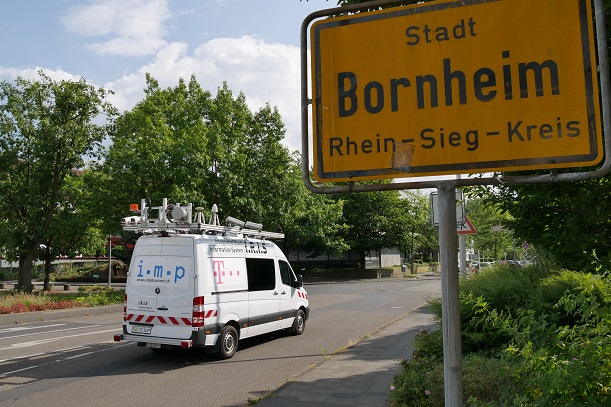Deutsche Telekom has started using artificial intelligence to plot the next steps for its fibre deployment.
The operator said the move could lead to faster and more optimised route planning as more ground can be covered much quicker than conventional methods. Typically engineers roll out a relatively short amount of cable, requiring the disruptive digging of roads and the restoration of them to their original condition.
A trial was held in Bornheim near Bonn this summer, when a vehicle was sent out armed with 360° cameras and laser scanners. It covered between 50 and 80 kilometres per day and collected roughly 5GB of surface data per kilometre.
The data was then scrutinised by a neural network developed by the Fraunhofer Institute for Physical Measurement Techniques (IPM), which used deep learning algorithms to recognise, localise and classify relevant objects across 30 categories. These categories include the likes of how big the pavement slabs are, the types of nearby trees and how deep their roots run.
Once the existing surroundings have been assessed, an optimal route is determined and then checked by a Deutsche Telekom network planner.
Walter Goldenits, Head of Technology at Telekom Deutschland, said: “The shortest route to the customer is not always the most economical. By using artificial intelligence in the planning phase we can speed up our fiber-optic roll-out. This enables us to offer our customers broadband lines faster and, above all, more efficiently.”
Fraunhofer IPM’s Prof. Dr. Alexander Reiterer, who is heading the project, said: “Such huge amounts of data are both a blessing and a curse. We need as many details as possible. At the same time, the whole endeavour is only efficient if you can avoid laboriously combing through the data to find the information you need. For the planning process to be efficient the evaluation of these enormous amounts of data must be automated.”
Deutsche Telekom did not say what its next plans were for the technology.



